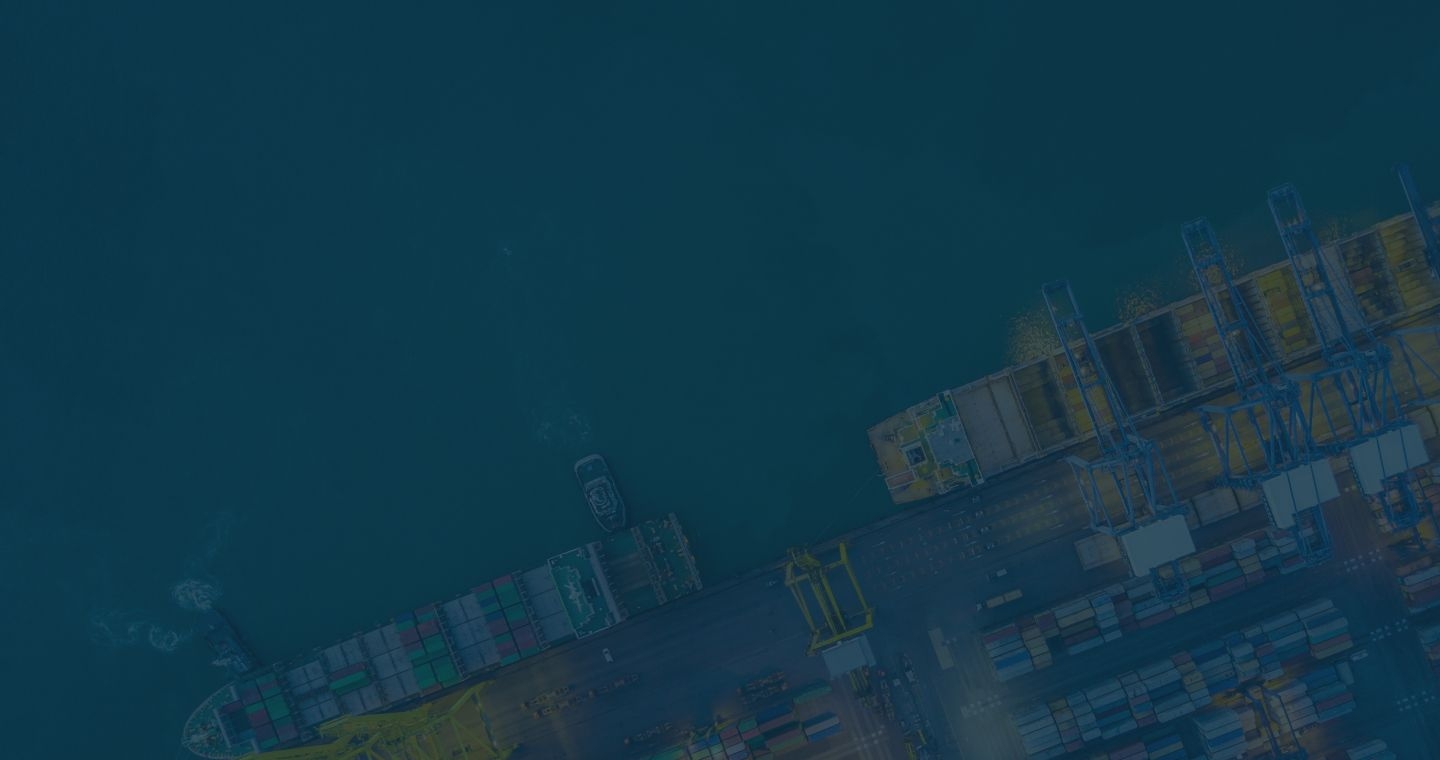
Container Shipping to China — Get Instant Quotes



Why Choose iContainers for Shipping to China?
China hosts 14 of the world’s 20 busiest container ports and Shanghai alone now processes 50 million TEU per year, the first port in history to cross that mark. (en.portshanghai.com.cn)
iContainers taps that vast network with:
- Live FCL & LCL pricing to 90-plus Chinese gateways and instant online booking.
- In-platform guidance on CIQ declarations, CCC certification, and port health forms—no paperwork surprises.
- Door-to-door tracking, bilingual (English-Mandarin) support, and in-country customs-broker options.
- Optional air-freight upgrades through Shanghai (PVG), Shenzhen (SZX) or Hong Kong (HKG) for time-critical replenishment.
Our Container Shipping Services to China
Full Container Load (FCL)
High-volume importers move electronics, auto parts, and industrial machinery via FCL into mega-ports such as Shanghai (CNSHA), Ningbo, Shenzhen (Yantian) and Qingdao, reducing per-unit costs and avoiding devanning delays.
Less-than-Container Load (LCL)
SMEs and e-commerce sellers ship < 15 m³ orders with weekly LCL consolidations that de-van at bonded warehouses in Shanghai, Shenzhen and Xiamen, cutting freight spend by up to 50 %.
Popular mode: FCL remains dominant, but LCL demand is soaring among cross-border sellers replenishing JD.com and Tmall storefronts.
Major ports / airports served: Shanghai, Shenzhen, Ningbo, Qingdao, Tianjin; air freight via PVG, CAN, HKG.
Typical cargo: Consumer electronics, electrical machinery, autos & parts—China’s top three import categories. (tradingeconomics.com)
Transit-time references:
- Los Angeles → Shanghai: ≈ 29–41 days port-to-port (standard service).
- Rotterdam → Shanghai: ≈ 26–34 days, depending on loop and season.
Country-specific challenge: Lunar New Year factory shutdowns create 4-6 week capacity crunches—secure space at least six weeks in advance. (maersk.com)
Alternative option: Air freight trims door-to-door to 3–7 days for high-value electronics and urgent samples.
Container shipping rates to China
How much does it cost to ship a container to China?
How Long Does It Take to Ship a Container to China?
- North America (West Coast) → East China: ~29–41 days ocean.
- North Europe → East China: ~26–34 days ocean.
- Mediterranean → South China: ~22–30 days ocean.
Air freight cuts door-to-door to 3–7 days via key hubs.
Popular Routes and Ports for Shipping to China
Trans-Pacific services (LA/Long Beach ↔ Shanghai/Yantian) and Asia-Europe loops (Rotterdam ↔ Shanghai/Ningbo) account for the bulk of inbound capacity. Feeder networks route cargo onward to inland river ports such as Nanjing, Wuhan, and Chongqing via the Yangtze corridor.
Steps to Book Your Container Shipment with iContainers
- Quote: Enter origin, destination, and cargo specs for an instant rate.
- Documents: Upload commercial invoice, packing list, and HS codes.
- Book & Pay: Confirm sailing and pay securely online.
- Track: Monitor vessel milestones and customs status in real time.
- Clear: Complete China customs (self-handle or via our licensed brokers).
- Deliver: Arrange final-mile trucking or rail to factory, FTZ, or Amazon CN warehouse.
What Can You Ship in a Container to China?
Common Commodities
- Integrated circuits
- Automotive components
- Medical devices
- Wine & spirits
- Luxury apparel
Restricted / Prohibited Goods
Counterfeit brands, politically sensitive publications, used electronics lacking CCC refurb permits, hazardous chemicals without MEE import licence.
FAQs About Shipping Containers to China
For consignments under 15 m³, LCL consolidation is usually 40–60 % cheaper than paying for unused FCL space.
Secure space 6–8 weeks ahead of the holiday to avoid roll-overs and rate spikes.
Not mandatory, yet strongly recommended—add door-to-door coverage during checkout.
Commercial invoice, packing list, HS codes, CIQ filing, and (where applicable) CCC certificates and fumigation docs.